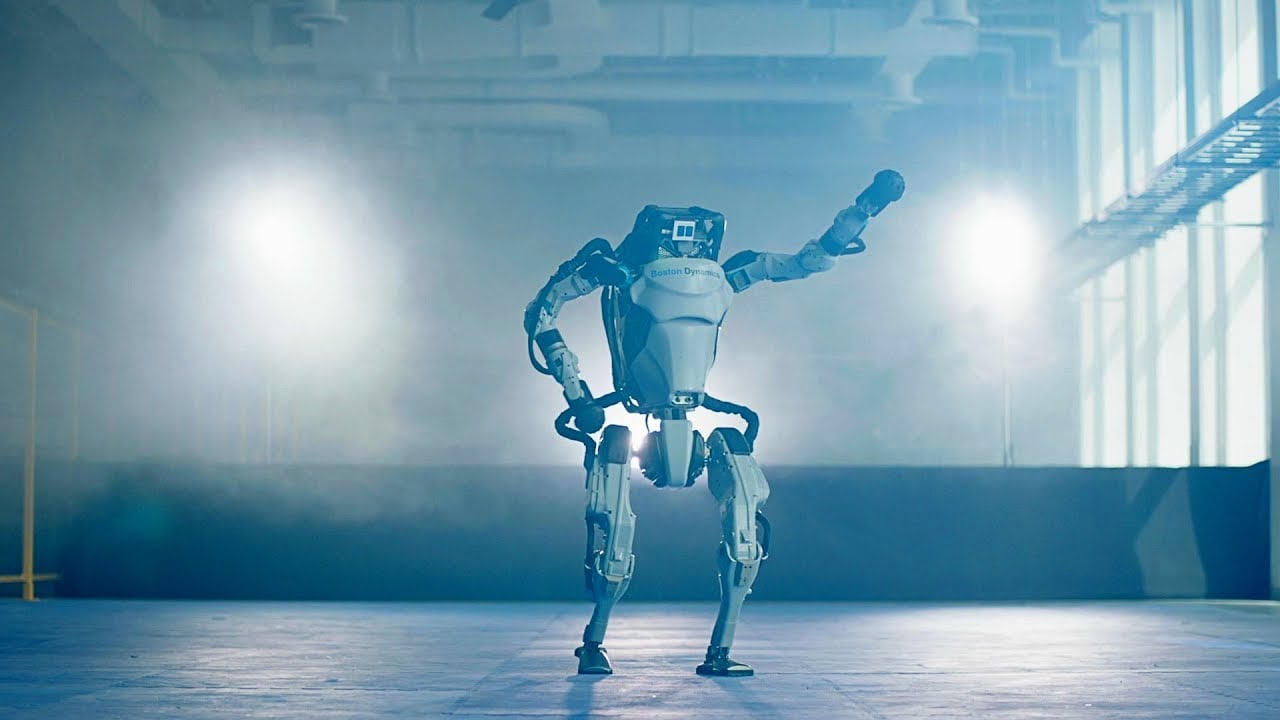Atlas was first introduced in 2013. Created by Boston Dynamics and funded by the US Defense Advanced Research Projects Agency (DARPA), Atlas was developed primarily for search and rescue missions. Standing 6-foot 2-inches tall and weighing 330 pounds, the robot started tethered to a power supply but evolved significantly over the years.
From barely managing to walk at its debut, Atlas achieved feats like performing parkour and backflips by 2017, jogging and navigating obstacles by 2018, and executing full gymnastics routines by 2019.
One such demonstration included assisting a simulated construction worker among other tasks like lifting heavy objects and skillfully maneuvering around complex environments. Another showcase emphasized Atlas' abilities in augmented reality, vital for industrial applications on factory floors.
The recent farewell message from Boston Dynamics stated, "It's time for our hydraulic Atlas robot to kick back and relax. Take a look back at everything we've accomplished with the Atlas platform to date." Meanwhile, rumors suggest that although Atlas is being retired, future developments at Boston Dynamics could surprise us even more profoundly which insinuates potential future robotics projects would continue this trajectory of sophisticated design.
Boston Dynamics has continually evolved since its former acquisition by Google and recent ownership by Hyundai in 2021. As we bid goodbye to Atlas, it’s clear that its legacy—marked not just by technical prowess but also cultural impact through viral videos—will continue to influence robotics research and development moving forward.
Source: Boston Dynamics

